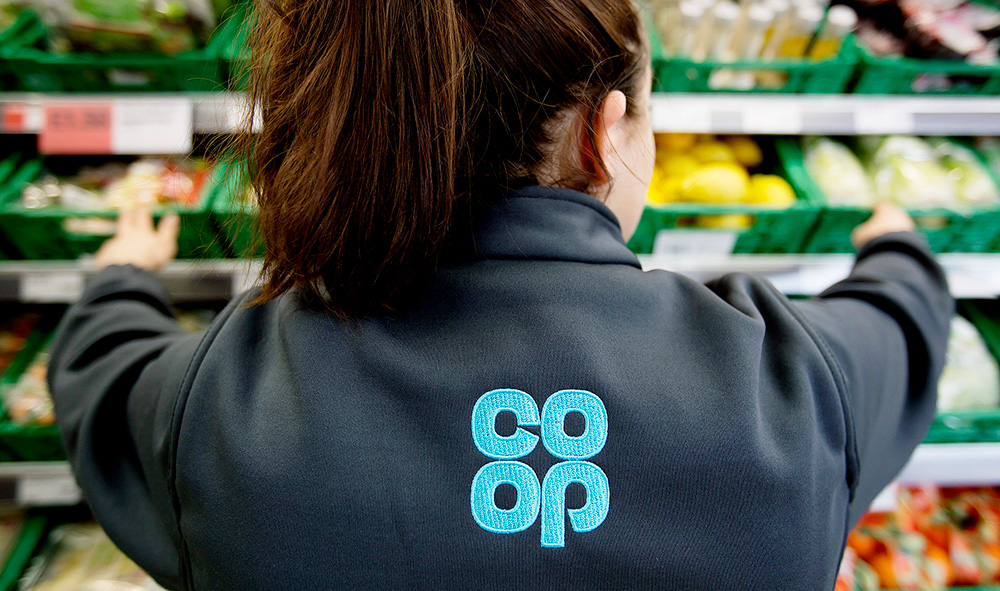In today’s cost-conscious environment, business leaders are being asked to do more with less. At the same time, the lasting impacts of the COVID-19 pandemic mean well-being is more important than ever before.
Meeting these needs requires businesses to lean on digitization and automation of health and safety processes. These digital tools must also be integrated with central IT systems, allowing for greater accuracy and alignment as businesses grow and evolve.
It comes as no surprise then that most organizations now view safety culture as a key pillar of corporate identity, on par with compliance. Yet only 40%[1] of businesses have a well-defined roadmap for safety performance improvement, and just 36%[2] use lessons learned to prevent future incidents. Given the dynamic challenges of today’s business environment, this is a significant missed opportunity. Historical data can provide insight into how to build a safer workplace for colleagues, a better product for customers and a more resilient business. Read on to learn how Co-op, one of the world’s largest consumer cooperatives, used Sphera’s health and safety software to deploy incident data as a tool for prevention.
The Co-op Story
Co-op is the United Kingdom’s fifth biggest food retailer, its top funeral service provider, a major insurer and a legal service provider. They employ over 57,000 people, in addition to contract workers. With its primary business in the retail sector, Co-op colleagues are vulnerable to a range of incidents, including crime and workplace accidents. To improve their safety culture, the organization deployed SpheraCloud Health and Safety Software in October 2019. The software includes modules for Data Collection, Action Items, Advanced Analytics, Risk Assessment and Audits. Through this partnership, Co-op extended reporting access to all colleagues and contractors who have collectively reported over 1 million events as of July 2022.
“If you really want to know what’s going on in your organization and you truly want to drive a positive safety culture, you need to give everybody the opportunity to raise concerns and to tell you what’s happening in your organization,” said Louise Atherton, Co-op safety business partner, in a recent webinar.
The benefits have been numerous. Co-op’s data showed 5% of its reports were related to incidents such as property damage, injury and illness. Another 5% were near misses. This indicated that the ratio of incidents to near misses was approximately one-to-one. “This is a massive validation of the positive safety culture that we’ve created within our organization,” Atherton said.
What is more, Co-op has been able to use this data to drive reductions in high-severity incidents. Since 2021, Co-op has seen a 26% reduction in high-severity incidents, which means fewer colleagues have been seriously impacted by workplace safety incidents. This also translates to less sick time taken, reductions in the disbursement of sick pay and broad improvements in well-being. Automatic notifications enable managers to offer support in real time, rather than after the fact. Enhanced access to a wider range of key risk indicators (KRIs) and key performance indicators (KPIs) means managers and business leaders can use incident information to make better business decisions and ensure strategies reflect their workforce’s current needs.
Bigger Than the Co-op
Importantly, Co-op’s data revealed the vast majority of reports stemmed from crime-related incidents. While this is a well-known risk in the retail industry, Co-op used its real-time incident data to quantify the issue and drive positive change. Within its own stores, Coop has reduced physical assaults by 53% in the past year — meaning 366 fewer colleagues have been exposed to workplace violence compared to the year prior. But the impact goes further than that. Co-op’s crime reporting helped highlight the issue at the industry level and drove legislators to pass a bill that made assaulting a shop worker an aggravated offense in England, Scotland and Wales. Now the Co-op triage process is recognized as a market-leading strategy by the National Business Crime Centre and is being shared nationally.







